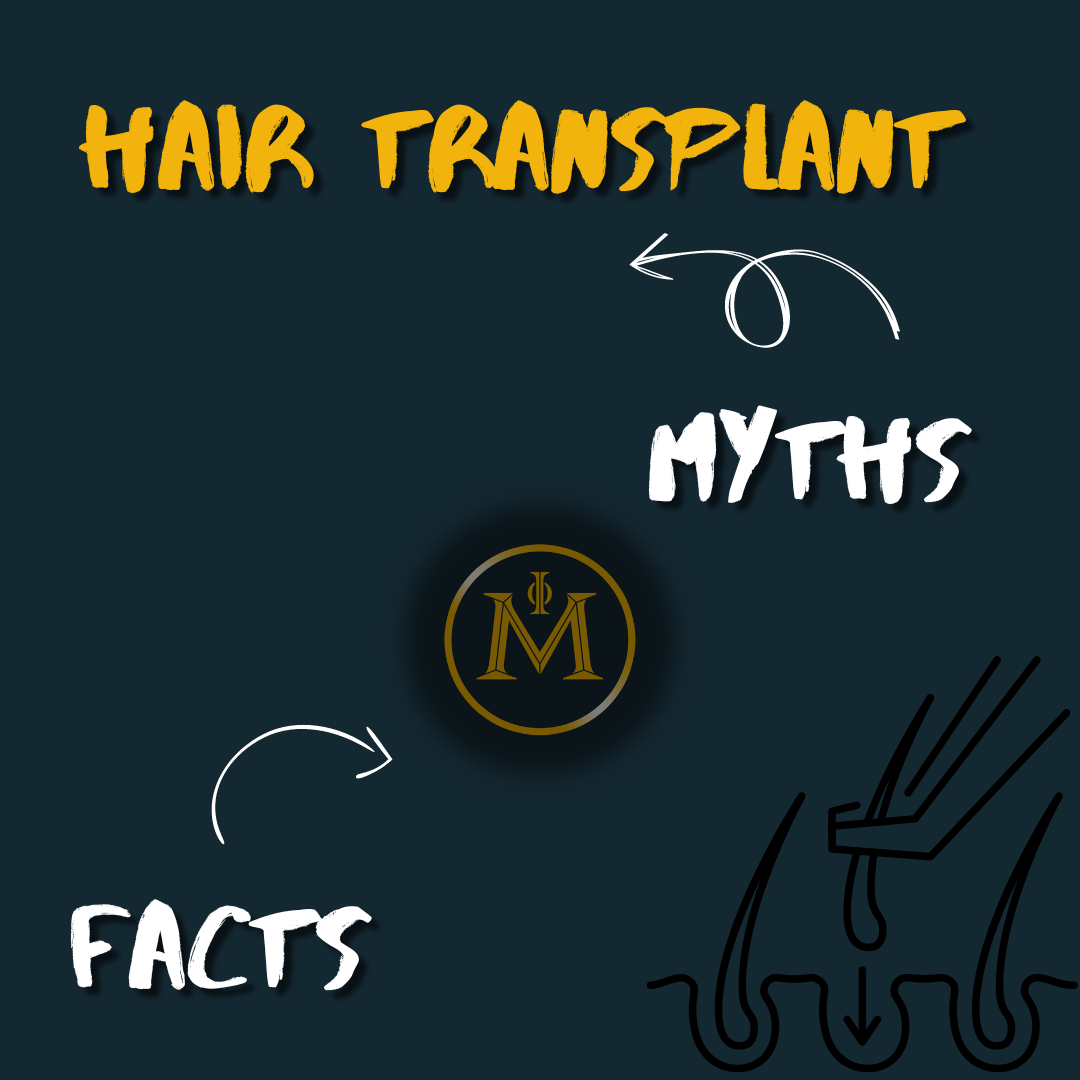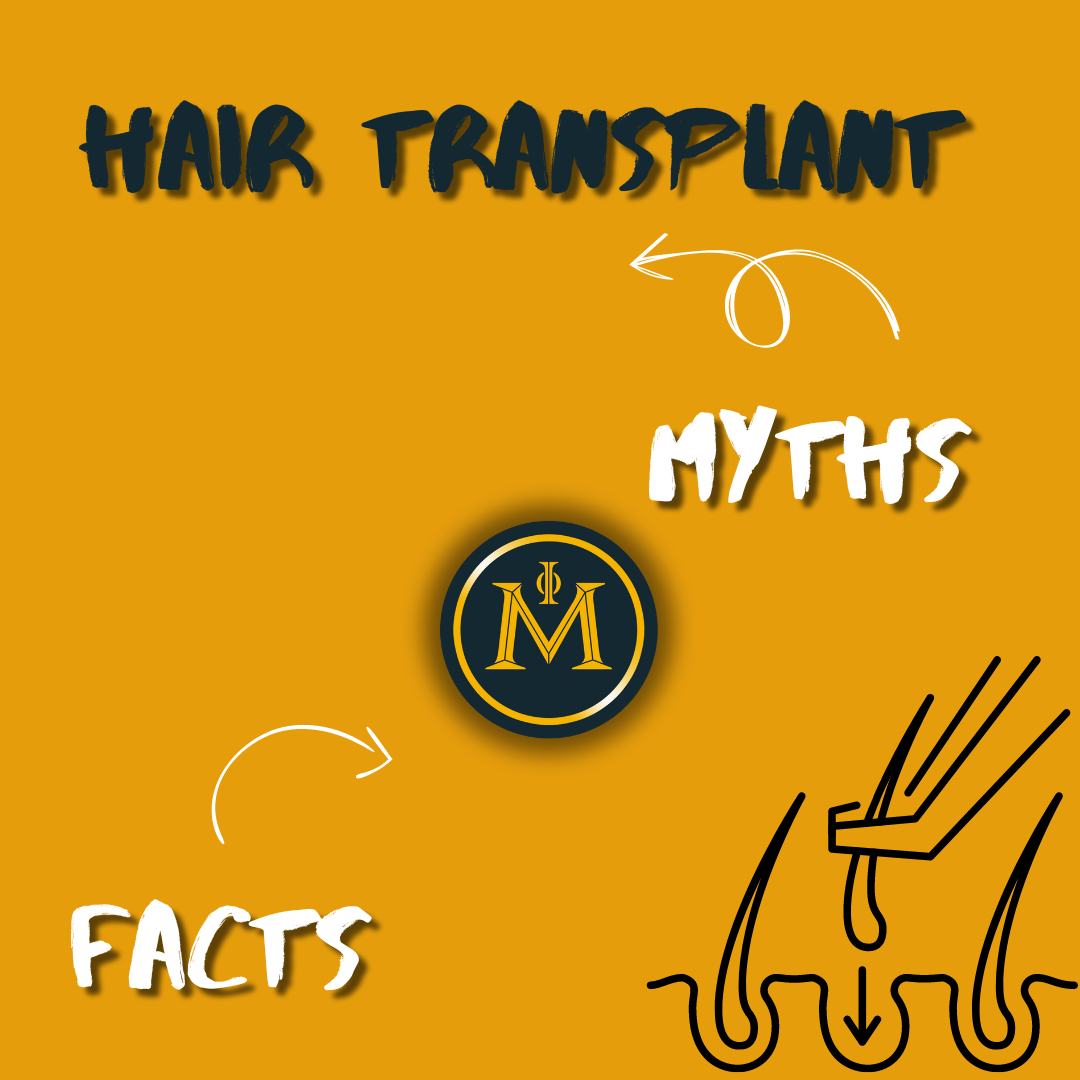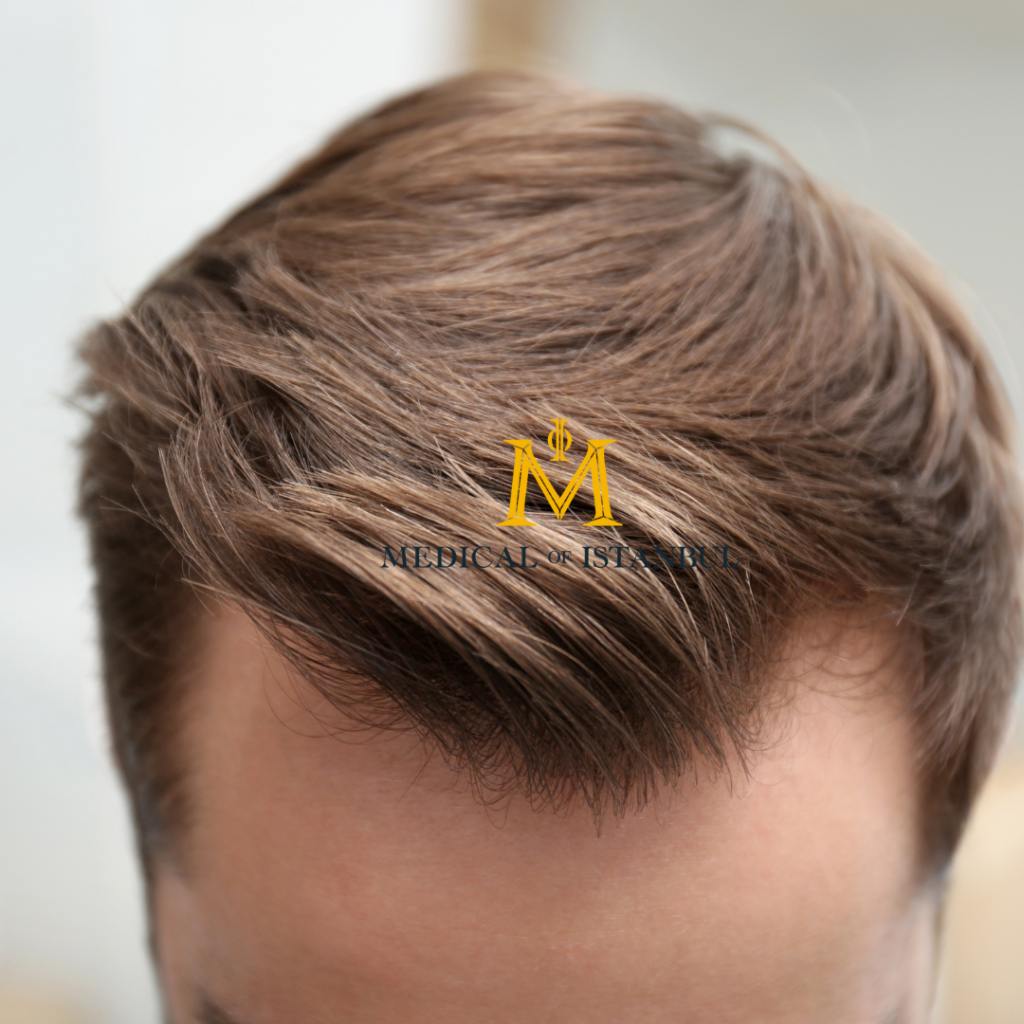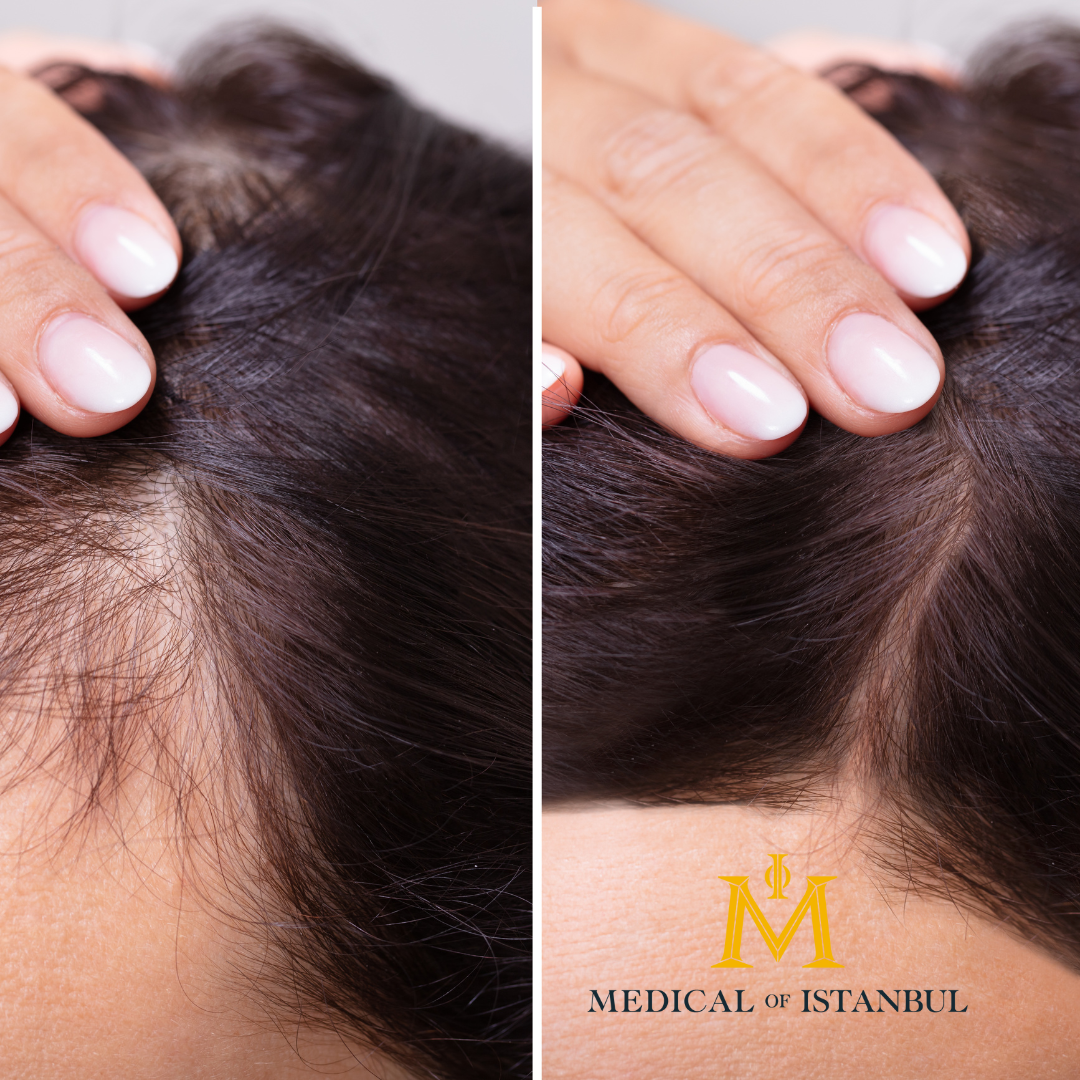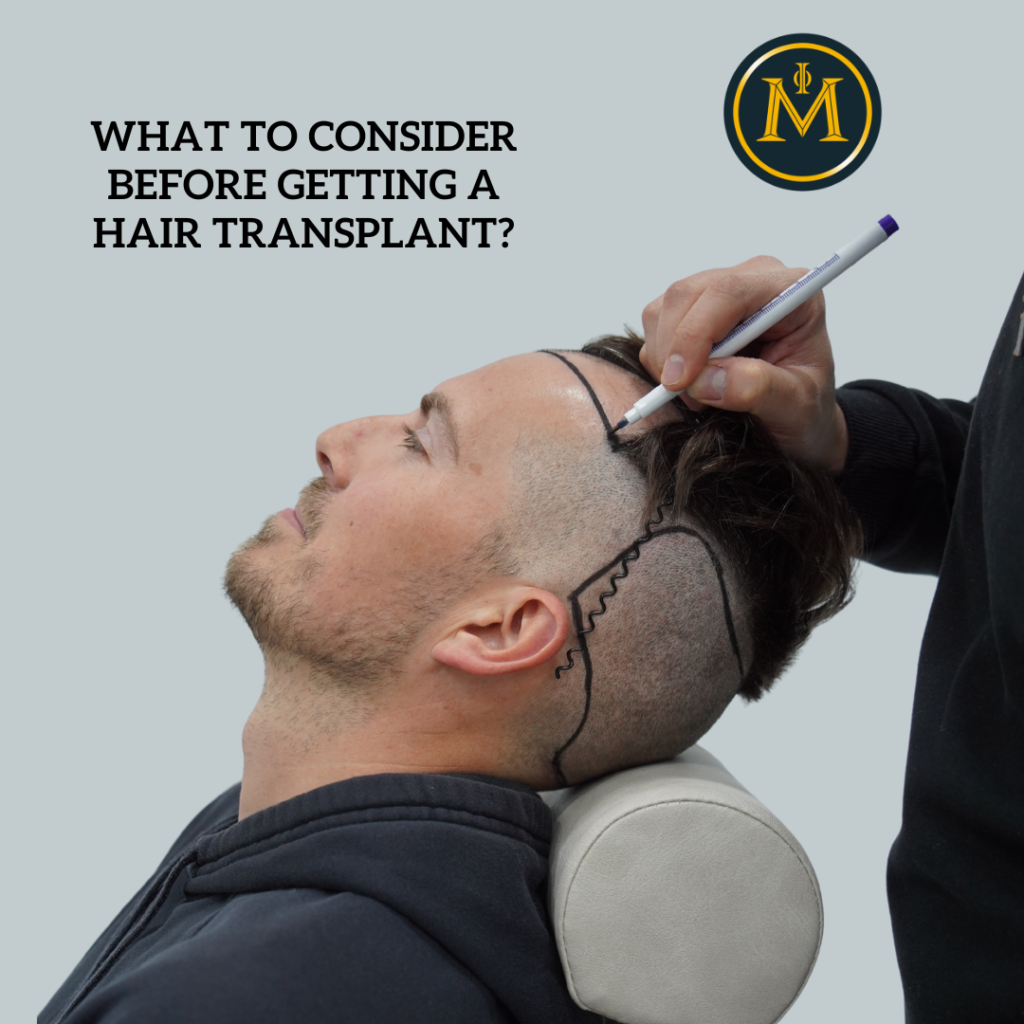Medical of Istanbul
Hair Transplant Myths vs. Facts: Setting the Record Straight
Hair transplants are often surrounded by myths that can mislead potential patients, but separating fact from fiction is crucial. One common misconception is that hair transplants are only for men, when in fact, women can also benefit greatly from the procedure. Another myth suggests that the process is painful, when in reality, advancements in techniques like Follicular Unit Extraction (FUE) have made it minimally invasive with only mild discomfort. Many people also believe that results are immediate, but new hair growth takes time, with full results appearing over several months. Fears about unnatural or fake-looking hair are outdated, as skilled surgeons now create seamless, natural hairlines. Hair transplants are a long-term solution but don’t prevent future hair loss in untreated areas, meaning additional treatments might be necessary. Ultimately, understanding the facts can help you make informed decisions about hair restoration.
